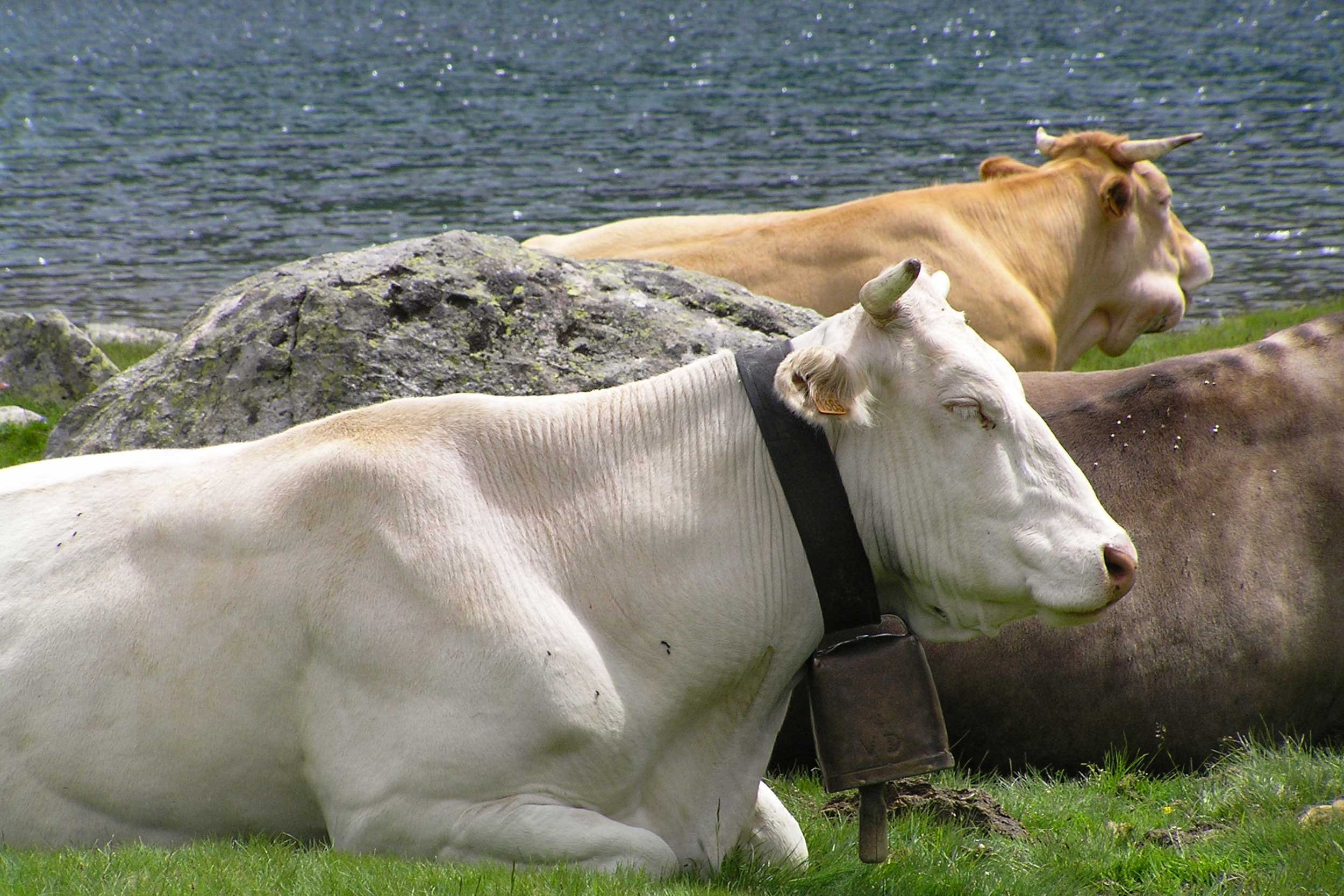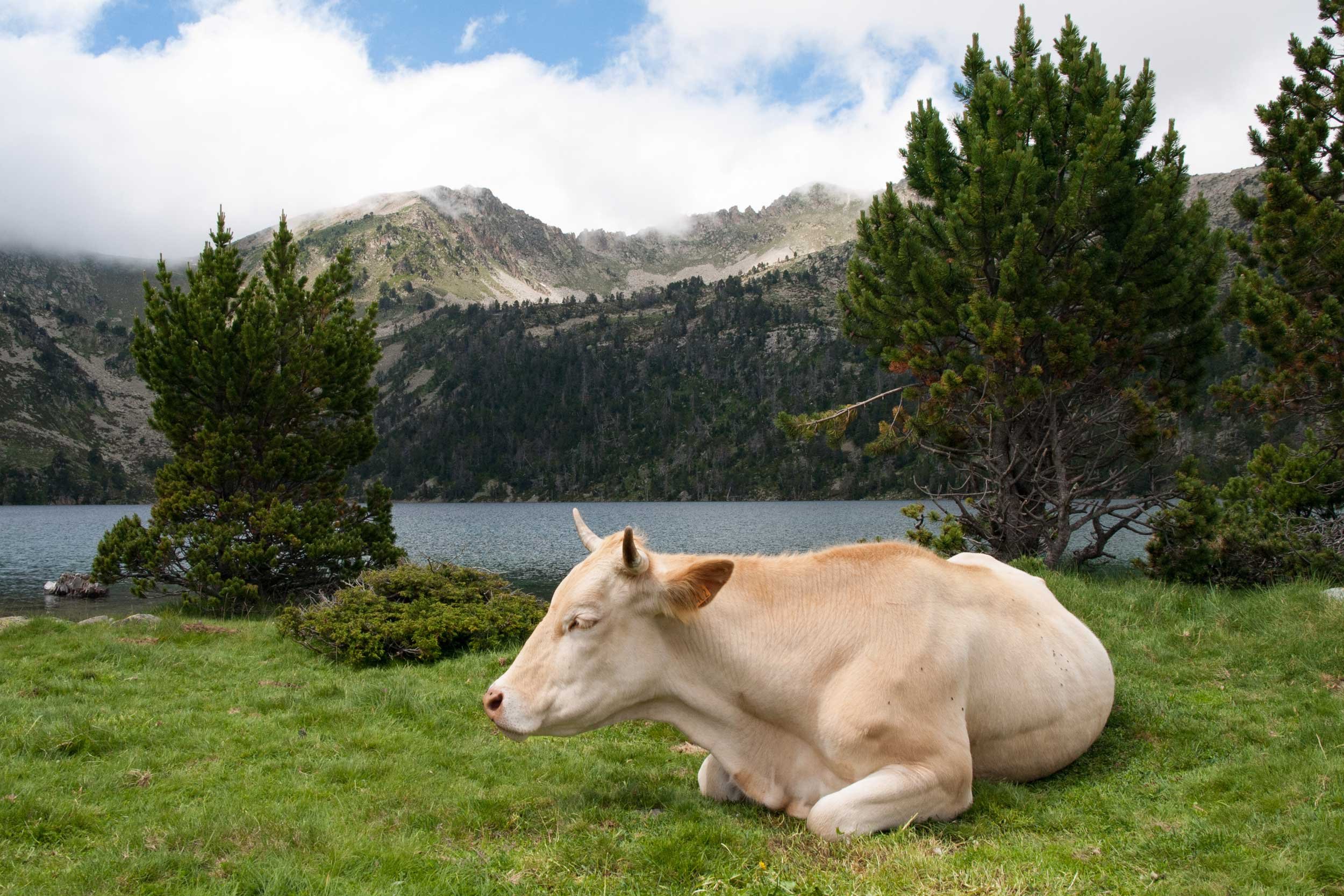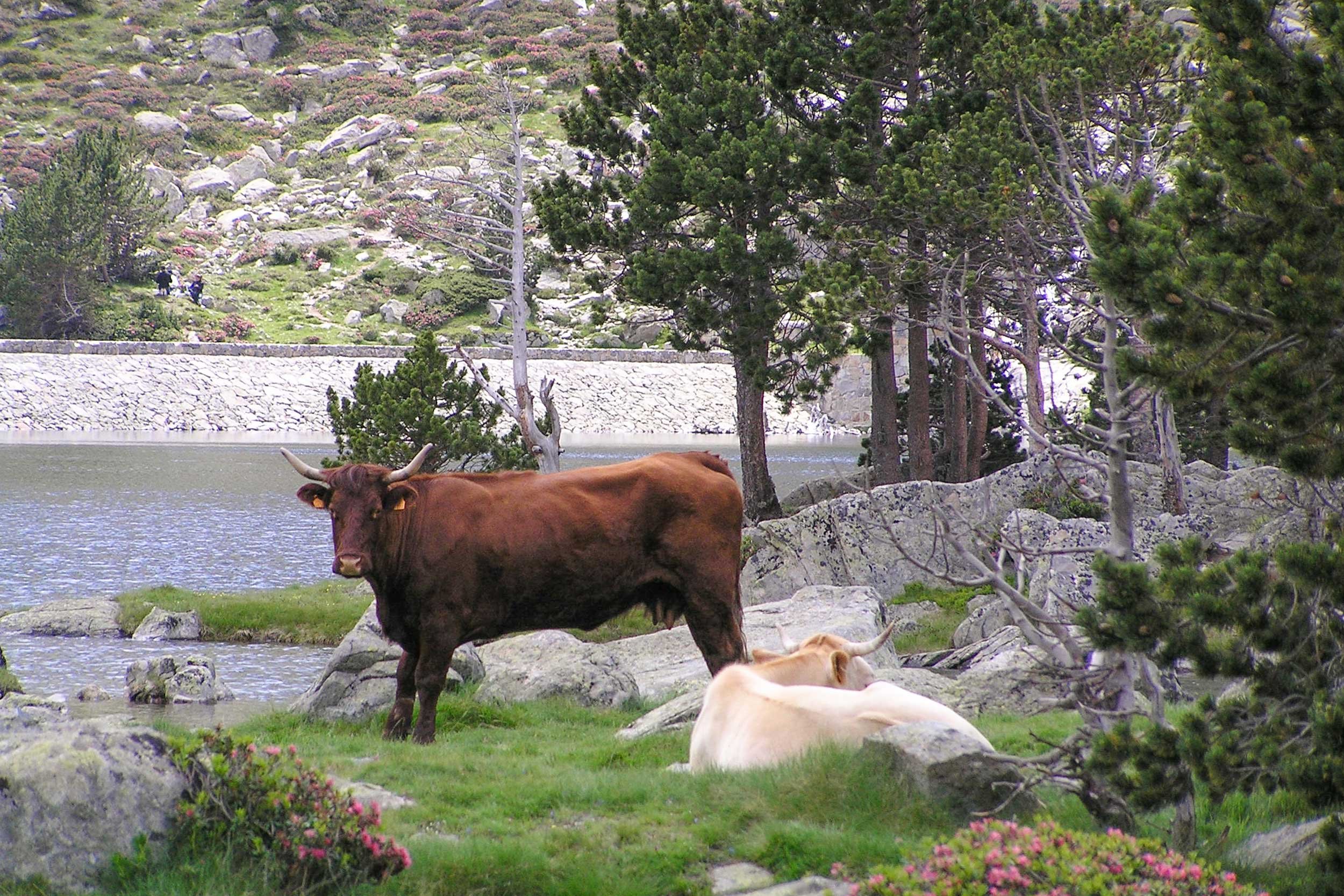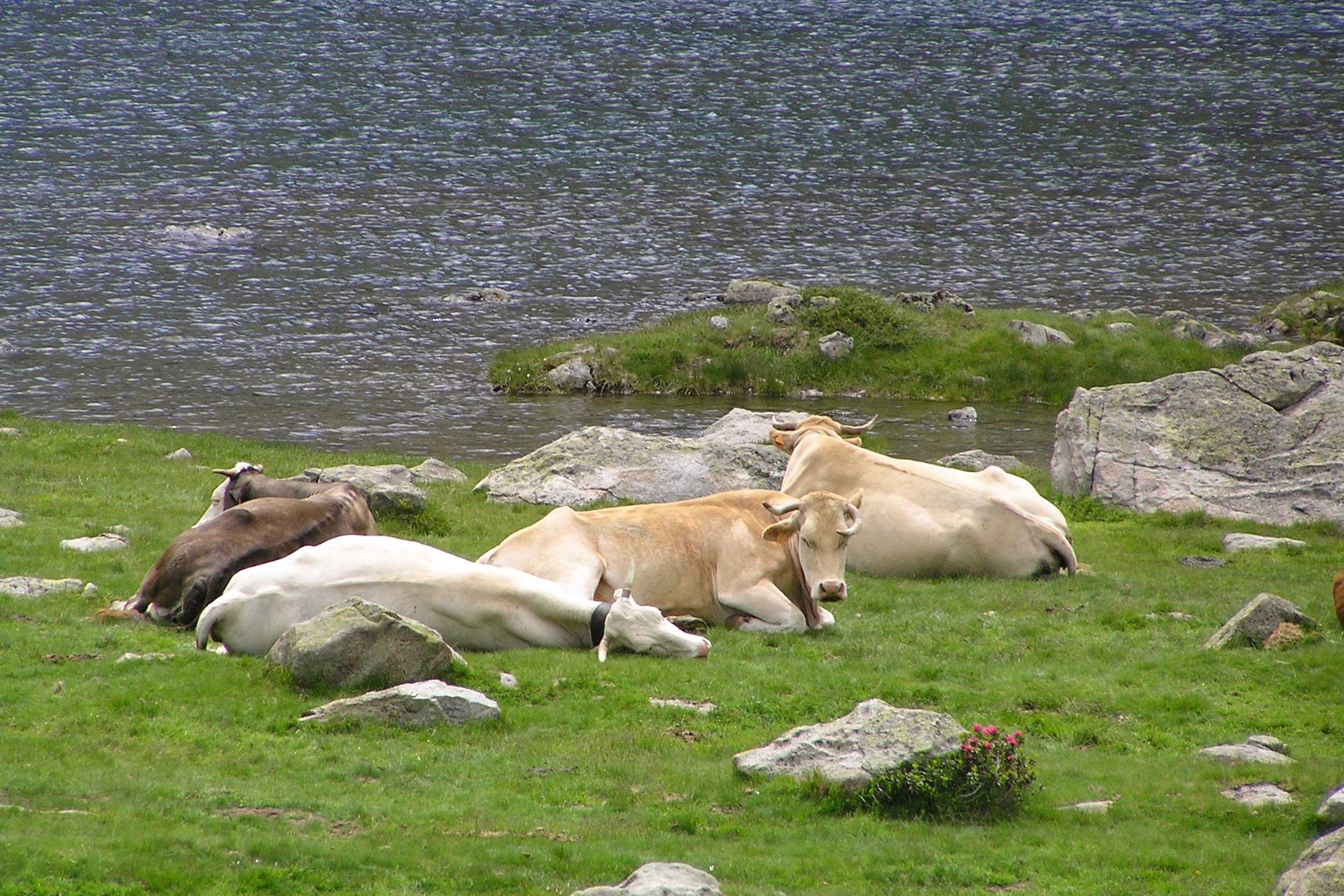Pyrenees Part 1
Our visits to the Pyrénées have revolved around watching cyclists in Le Tour de France battle and conquer the famous mountain climbs. However, we soon discovered that there is so much more to love about this area. The Pyrénées lie in the southwest of France, bordering Spain. Their jagged snow-capped peaks are spectacular to fly over (en route to Barcelona but that’s another story). Driving through this area of France reveals the uniqueness of each valley.
The mighty peaks of the Pyrénées
I first fell in love with these mountains in 2009. I immediately felt at home, although I don’t particularly like the cold and certainly could not imagine living here year-round. The Pyrénées has a rustic charm and a peaceful atmosphere. Unlike the Alps, there are fewer posh chalets and the only industrial works appear to be large hydro-electric plants. There are plenty of quaint villages and quiet mountain passes with livestock wandering the hills and roads. There is a feeling of ‘stepping back in time’ and it was easy to adopt a much slower pace of life during our visits. We have been lucky enough to stay in most of the valleys across the length of the Pyrénées and, although we aren’t familiar with the entire pyrenean area, we do have our favourite spots. Over the next few posts, I will share some of the attractions.
Majestic!
Our journey across the Pyrénées begins in the area known as Pays des Nestes and the Vallée d’Aure. A day trip from our B&B, a former 18th century farm in the hameau of Guchan, was recommended by our host, Loic. We took the road south to St-Lary-Soulon and then towards Aragnouet. Then we continued on the D929 to the national nature reserve, La Réserve Naturelle du Néouvielle, and Les Lac Circuit.
Wending our way along the valley road
Sharing the road with the locals
The park is located between the Gaves and Nestes valleys with the landscape shaped by glaciers. La Réserve Naturelle du Néouvielle is an area rich with flora, fauna, mountains, lakes, alpine meadows, wetlands and bogs. It is an important habitat for the huge number of floral species, including algae.
Rushing water from the melting snow
In 1922, the foundation of a biology laboratory (the current reception building of the reserve) by Professors Chouard and Bressou started the scientific interest in this area and, in 1936, it became one of the first national parks of France.
As we drove along the valley floor, the stunning scenery provided us with plenty of reasons to stop along the way to absorb the views. Finally, the road climbed up the hairpin bends, Les laces des Edelweiss, before entering the park at Lac d’Orédon. This is not my video but you click here for a drive in this national park.
Lac d’Orédon surrounded by Hook Pines. These mountain pines are one of the oldest surviving pines of the Ice Age. Resilient to the cold and wind, they grow at altitudes of 2400m and above.
To preserve the beauty of this area, there is restricted access for vehicles between June and September when it is free of winter snow. It is not possible to camp with a campervan but hiking in the park is possible and you can stay overnight in refuge huts. No fires are allowed. More information can be found here. Visitors are required to park in the Lac d’Orédon car park. From here, you can take various footpaths or ride the shuttle bus to the Lac d’Aubert and Lac d’Aumar. Toilets and food are available at Lac d’Orédon.
Lac d’Orédon
Lac d’Orédon is an artificial lake, created by a dam on the Neste River. At an elevation of 1849m, its surface area is 0.46 km. After a quick break, we purchased tickets for the bus that would transport us further up the mountain to Lacs d’Aumar et d’Aubert at an altitude of over 2000m.
Lac d’Aumar
It was quite cool at the higher altitude. We weren’t really dressed appropriately, unlike the other people who were preparing to hike. We enjoyed spending time on the lakeside, admiring the spectacular views and pretty pink wildflowers.
Rhododendron ferrugineum grow 30-100cm high
A marmotte playing in the alpine meadow
We spotted some marmottes playing in the meadow. Marmottes belong to the rodent family and can be found in the Alpes and Pyrénées, where they live in burrows, often within rock piles. Approaching the many cows lounging in the sunshine was a new experience. Later in our travels, we would be introduced to the spectacle of les transhumance. This occurs in alpine areas in June/July each year when livestock are moved to higher pastures to graze for the summer months.
We shared the lakeside with contented cows
C’est moi enjoying the alpine scenery
After about an hour, we headed back in the bus to Lac d’Orédon and collected our car. We began the drive back to our B&B, stopping at Relais de Neouvielle, a bar/Tabac/restaurant in Aragnouet, for coffee. Here we were able to catch the last 13km of the Le Tour de France on the television before driving to our accommodation. We enjoyed a lively and delicious dinner with our amazing hosts and other guests.
Join me next time as we visit more of the Pyrénées.
À bientôt!























